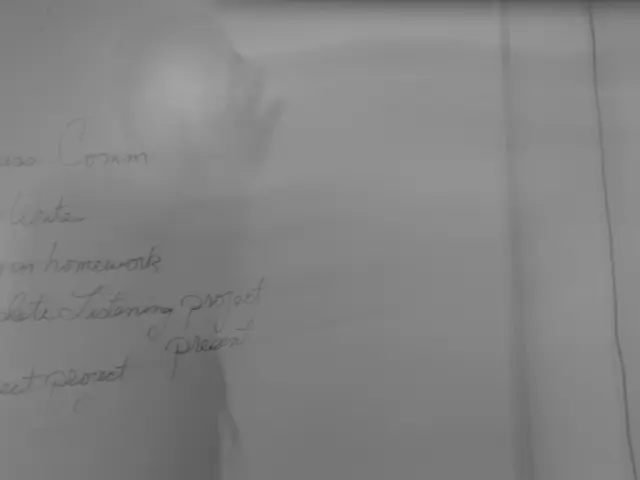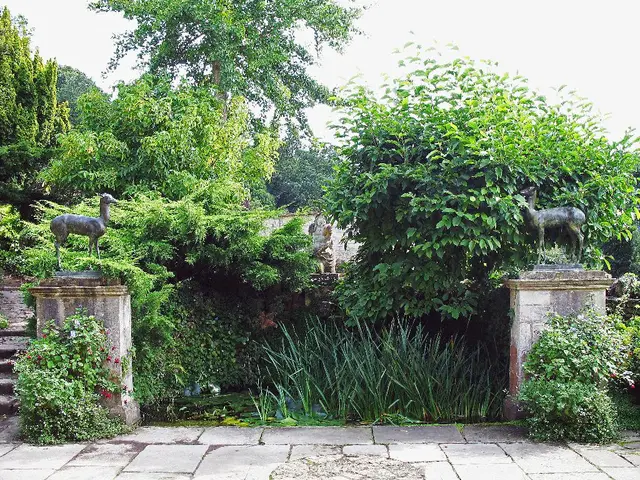Guide on Precisely Determining the Worth of Your Home's Belongings
In the ever-changing world we live in, it's essential to ensure that your prized possessions are adequately insured. Here's a comprehensive guide to help you review your contents insurance policy and protect your valuables from financial loss in case of insured events like fire or flood.
Review Your Policy Annually
It's not enough to simply renew your policy every year for the same or similar amount. Take the time to review your contents insurance policy annually to ensure it provides adequate coverage for big-ticket items such as a piano, new furniture, or a big-screen television.
Understanding the Cost of Replacement
To effectively insure your belongings, it's important to understand the cost of replacing them. This includes everyday items such as cutlery, sheets, towels, clothing, and footwear, in addition to more expensive items like electronics, appliances, art, and sports equipment.
Creating an Inventory
Start by creating a comprehensive inventory of all your personal belongings. Write down items in each room, including the purchase cost for each. This will serve as a valuable reference when calculating the replacement cost of your items.
Estimating the Replacement Cost
To accurately estimate the replacement cost of your possessions, consider current prices rather than the original purchase price. This will ensure that your insurance payout will be sufficient to replace your possessions without significant financial shortfall in the event of loss.
Setting the Sum Insured
The sum insured in contents insurance is the amount of insurance chosen to cover your personal possessions. Typically, contents coverage is set as a percentage (50-70%) of your dwelling coverage amount. For example, if your home’s rebuild value is insured for £300,000, your contents coverage would be between £150,000 and £210,000.
Factoring in Contingencies
Don't forget to factor in new acquisitions or price inflation when setting the sum insured. A contingency margin will help ensure that your insurance coverage remains adequate as your belongings change over time.
Regularly Reassessing Coverage
It is recommended to perform a reassessment annually to avoid underinsurance due to accumulation or value changes in possessions. This approach helps ensure that in the event of loss, your insurance payout will be sufficient to replace your possessions without significant financial shortfall.
Special Considerations
Certain items such as artworks, jewellery, and collections might only be covered for a default amount. Consider the need for an option to increase cover for valuable items like works of art, jewellery, or games and movies in your policy.
Additionally, check if personal possessions like watches, jewellery, phones, laptops, and other wearables are covered by your policy when they are outside your property.
Comparing Policies
When shopping for a contents insurance policy, compare different policies to find the one that best suits your needs. Get a quote with RACV Home Contents Insurance and other providers to ensure you're getting the best deal.
Don't Forget the Garage
Lastly, don't forget to consider the garage when going room to room in your home for insurance assessment. Often, valuable items are stored in the garage, and they should be included in your inventory and insurance coverage.
By following these guidelines, you can rest easy knowing that your belongings are adequately protected. Remember, the true value of your possessions becomes apparent only during unexpected events like theft, fire, or flood. Regularly reviewing and updating your contents insurance policy can help mitigate financial loss in such situations.
- To ensure adequate coverage for your lifestyle and personal belongings, regularly review your contents insurance policy each year.
- Understand the cost of replacing everyday items like kitchenware, clothing, and electronics, in addition to home-and-garden items, to accurately set the sum insured for your insurance policy.



